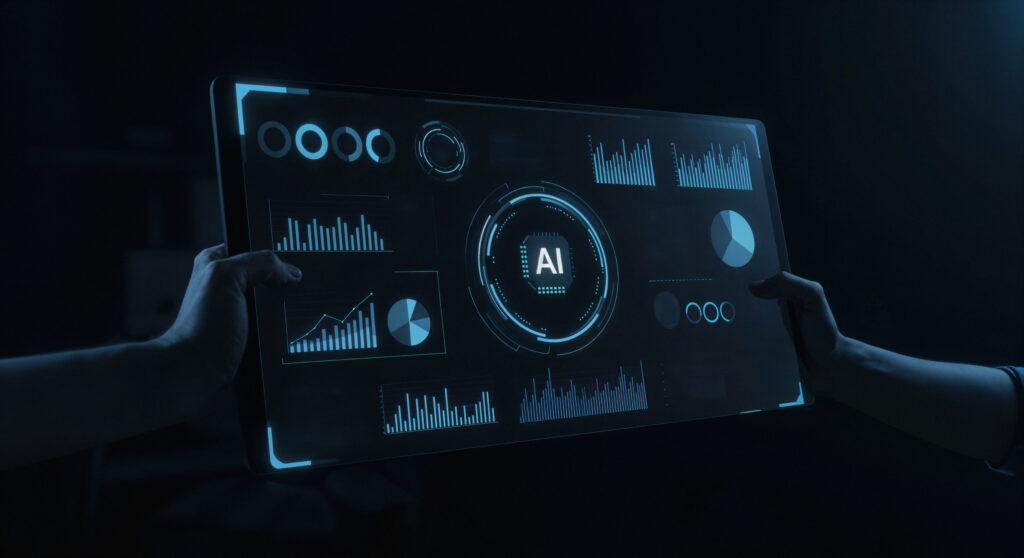
































Scientists at Lawrence Livermore National Laboratory employed a deep learning model to forecast the outcome of the December 2022 fusion ignition experiment at their National Ignition Facility (NIF).
The model, part of a cognitive simulation framework, predicted with approximately 74 per cent probability that the test would exceed the breakeven point, meaning it would yield more energy from fusion than the laser energy used.
The model combined over 150,000 high-fidelity simulations with real-world experimental data using Bayesian inference to enhance prediction accuracy. It ran on LLNL's Sierra supercomputer and was embedded in their CogSim toolkit for physics-informed AI-driven simulation.
Researchers emphasise that this was not a lucky guess. The AI provided probabilistic forecasts complete with confidence intervals, guiding expectations and helping shape subsequent experimental designs.
Observers note that such an approach could dramatically reduce time and cost in future fusion experiments.
, Hot Tags :
Critical internet resources
Data governance
Hot Tags :
Critical internet resources
Data governance